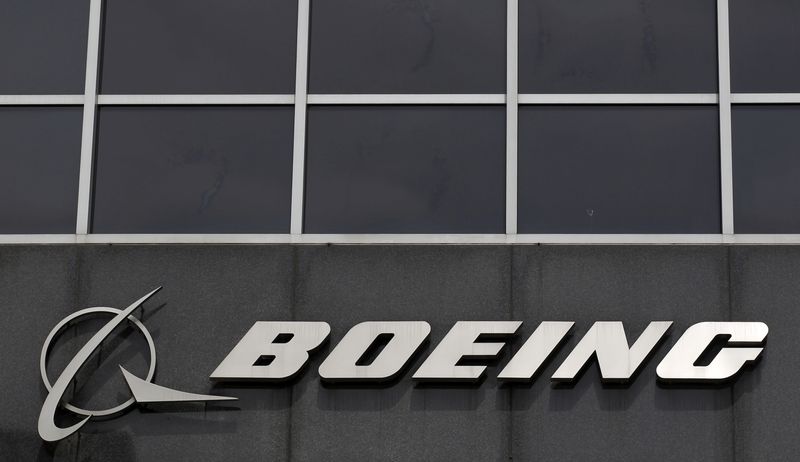
© Reuters. FILE PHOTO: The Boeing logo is seen at their headquarters in Chicago, in this April 24, 2013 photo. REUTERS/Jim Young/File Photo
By Kylie Madry
MEXICO CITY (Reuters) – U.S. planemaker Boeing (NYSE:) Co sees travel in Latin America ramping up more quickly than in other regions as countries loosen regulations and household incomes rise, the company’s regional analyst said on Tuesday.
Boeing expects Latin American air traffic to grow an average of 4.4% annually over the next two decades, surpassing the 4% growth it forecasts for the industry worldwide, helped by a trend towards more liberal policies over the next 10 years.
“We see liberalization not only as an engine of growth for the industry, but also as a great way to democratize air travel and make it accessible for a larger number of people,” David Franson, the company’s regional director of market analysis, told Reuters.
Franson said a trend toward looser state control had already helped develop a network of low-cost carriers in the region, adding more routes in Latin America.
Low-cost carriers such as Argentina’s Flybondi and Chile’s JetSmart have already found a foothold, while Mexico’s Volaris has focused on a strategy of so-called “bus-switching,” targeting traditional bus users who previously could not afford pricier plane tickets.
Airlines across Latin America have added 200 net airport pairs to their networks over the past 10 years, he said.
While some countries have been hesitant to give airlines free rein due to concerns over economic competitiveness, labor standards and the environmental impacts of air travel, the move towards liberalization started decades ago by the United States and Europe is expected to keep up, Franson said.
“If this continues, we can expect to see a lot more in the way of those direct connections on relatively short-haul routes,” said Franson.
Boeing said it a July report Latin America will need 2,240 new aircraft and will have to train 118,000 new crew members and technicians over the next 20 years to meet growing demand.


Be the first to comment